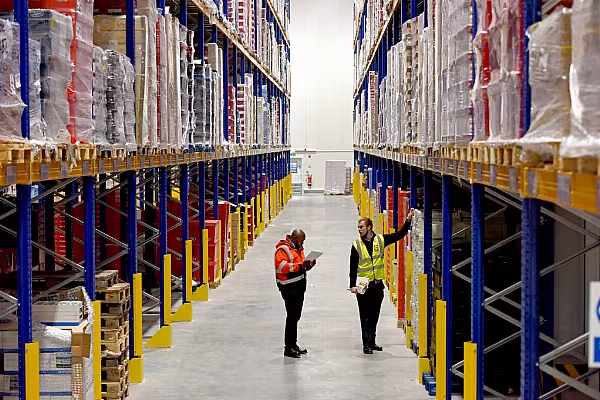Craig Summers, UK MD at Manhattan Associates examines how businesses operating in the B2B sector need to take control of their entire supply chains in order to meet both industry and customer expectations.
More and more links in the value chain — especially retailers and wholesalers — are being forced to reposition themselves under pressure from both existing, yet evolving, competitors and fast-paced challenger brands with innovative approaches to technology and disruptive business models.
B2B supply chain approaches now play an important role in future success.
Technology And Consumer Influence
No two customers are the same, and this is especially true for companies active in the B2B sector, such as industrial wholesalers and distributors. Their client base ranges from big companies working on major projects to self-employed professionals.
Every customer has his or her own demands and needs, which can (and often do), change on an almost daily basis.
Consumers increasingly have the option of convenience. They can use a smartphone or computer to order virtually any type of food and have it delivered to their door within half an hour. A TV that broke the previous night can be ordered, delivered and installed in time to catch the big football match later the next day.
Professionals have come to expect that the immediacy of ordering a Deliveroo take-away or a next day delivery through Amazon Prime should also be possible for the parts and tools they need to trade.
A growing number of wholesalers and distributors are responding to these needs with technology that enables their customers to order parts for delivery to the job site early the next morning — or perhaps even later the same day.
Visibility In The Supply Chain
To strengthen their position, wholesalers and distributors need to look to technology to enable and deliver an experience that matches the new buyer persona, as well as their expectations and demands. Additionally, every aspect of the supply chain needs to be considered - from sourcing materials to the point of purchase, delivery and beyond.
One point along the journey is when a customer places an order. Rather than simply looking to the closest inventory point for stock – which could result in a missed revenue opportunity if the part or product isn’t available – wholesalers and distributors that have visibility of their entire supply chain will be able to quickly see how products can best be allocated, shipped and delivered, cost effectively, from any location.
This visibility ensures that customer expectations and demands can be met, and that the wholesaler or distributor is making full use of the stock available.
Putting The Wholesaler In Control
Many wholesalers or distributors still do not have an Order Management System (OMS) in place. Whilst some wholesalers may still be using legacy systems that are deemed too complicated to replace, others may be contending with a changing landscape that just refuses to slow down.
From changes in customer demands to the rise of online and mobile, many wholesalers and distributors have struggled to keep pace.
With an OMS in place, wholesalers and distributors can optimise the entire supply chain with a real-time view of the entire end-to-end network. With accurate information and complete visibility, they can make cost-effective and revenue-driving decisions that ensure the customer can be served exactly what they need, when they need it.
It means that the plumber waiting for the part to fix a customer’s tap can deliver on their promise, and the mechanic in need of brake pads can get the customer’s car back on the road in no time at all.
Conclusion
Ultimately, the warehouse operation is responsible for a wholesaler or distributor delivering on its brand-customer promise.
Traditionally a challenge, this doesn’t have to be anymore, with many wholesalers and distributors having the technology to succeed at their fingertips, and, an efficient OMS is an effective way for these types of organisations to meet the new era of customer promises, in a cost-effective and more sustainable way.
© 2020 European Supermarket Magazine – your source for the latest retail news. Article by Craig Summers. Click subscribe to sign up to ESM: The European Supermarket Magazine.














